- Order tracking
- Wishlist
Chefs rely on their chef’s knife regularly in any professional kitchen. Its significance cannot be overemphasized because a good knife guarantees accuracy, effectiveness, and security. Restaurants, culinary schools, and catering companies would be wise to choose wholesale chef knives when procuring these essential instruments. Purchasing in bulk guarantees consistency and dependability throughout, while also cutting expenses. To help you choose the best wholesale chef knife for your needs, this piece of content will walk you through the key qualities to consider.
The key to choosing wholesale chef knives is to concentrate on the qualities that are most important for both performance and quality. Important things to think about are ergonomic design, sharpness, and durability. We at Best Wholesale Knives recognize the value of these characteristics and provide a selection of chef knives that satisfy the most exacting requirements for both residential and commercial kitchens.
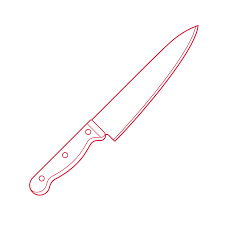
For wholesale chef knives, high-carbon stainless steel is the material of choice because of its remarkable rust and stain resistance. Professional kitchens will find this material excellent because it is easy to sharpen and retains its sharpness. Purchasing wholesale chef knives made of high-carbon stainless steel guarantees durable, effective equipment for all of your cooking requirements.
Blades made of Damascus steel are not only aesthetically pleasing but also quite useful. They are created by stacking various steel kinds to produce a strong, sharp blade. However, the cost of these knives is higher due to the complex production process.
Chef knives’ blade edges play a vital role in both their functionality and adaptability. Think about the kind of edge that best meets your cooking requirements when choosing chef knives.
A very useful tool for chopping, slicing, and dicing a variety of items is a straight edge. Because of its versatility, most professional cooks always use it. Conversely, a serrated edge holds its edge longer but is harder to sharpen. It is ideal for slicing through tough or crusty materials like bread and tomatoes.
The unique indentations on the Granton edge prevent food from adhering to the blade, increasing the efficiency of slicing. The efficiency and accuracy of your kitchen can be greatly increased by selecting the proper chef knife blade edge to handle a variety of cooking chores.
Choosing the right blade length and shape depends on your specific kitchen tasks:
The 8-inch blade is the most popular and versatile size, suitable for most kitchen tasks. The 10-inch and 12-inch blades provide more cutting surfaces, which can be helpful for larger tasks but may be unwieldy for some users.
The classic chef’s knife has a broad, tapered blade that curves upward towards the tip, making it ideal for rocking motions. The Santoku knife, with its flatter edge and sheepsfoot tip, excels at precise slicing and chopping. For specialized tasks, consider boning knives for meat, filleting knives for fish, and so on.
The handle of a knife affects comfort, grip, and overall handling:
Wooden handles offer a classic look and a comfortable grip. However, they require more maintenance to prevent cracking and warping. They also may not be as hygienic as other materials.
These handles are durable, easy to clean, and often feature ergonomic designs to reduce hand fatigue. They are a practical choice for busy kitchens where hygiene is a priority.
Metal handles are strong and modern-looking but can be slippery when wet. Some chefs find them less comfortable over long periods.
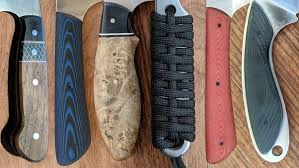
Balance and weight are crucial factors to consider while choosing wholesale chef knives, particularly Japanese chef knives. Prolonged chores require less exertion when using a knife that is well-balanced to provide precision and simplicity of use. By pressing the knife against your finger at the junction of the blade and handle, you can check the balance; it should stay steady and not tip.
Different cooks have different preferences for weight. While lighter knives are preferred by some for their control and agility, heavier blades are preferred by some for their solid feel and cutting power. Japanese chef knives are highly sought after in professional kitchens because of their exquisite craftsmanship and ability to combine balance and lightweight design optimally.
Purchasing wholesale chef knives that are well-balanced and weighted guarantees improved effectiveness, comfort, and performance in any kitchen.
The tang refers to the portion of the blade that extends into the handle:
Full tang knives are known for their strength and stability. The blade runs the full length of the handle, providing better control and balance.
Partial tang knives are less expensive and lighter, but they may not offer the same durability and balance as full tang knives.
Hidden tang knives have a tang that is concealed within the handle. While aesthetically pleasing, they may not be as sturdy as full-tang knives.
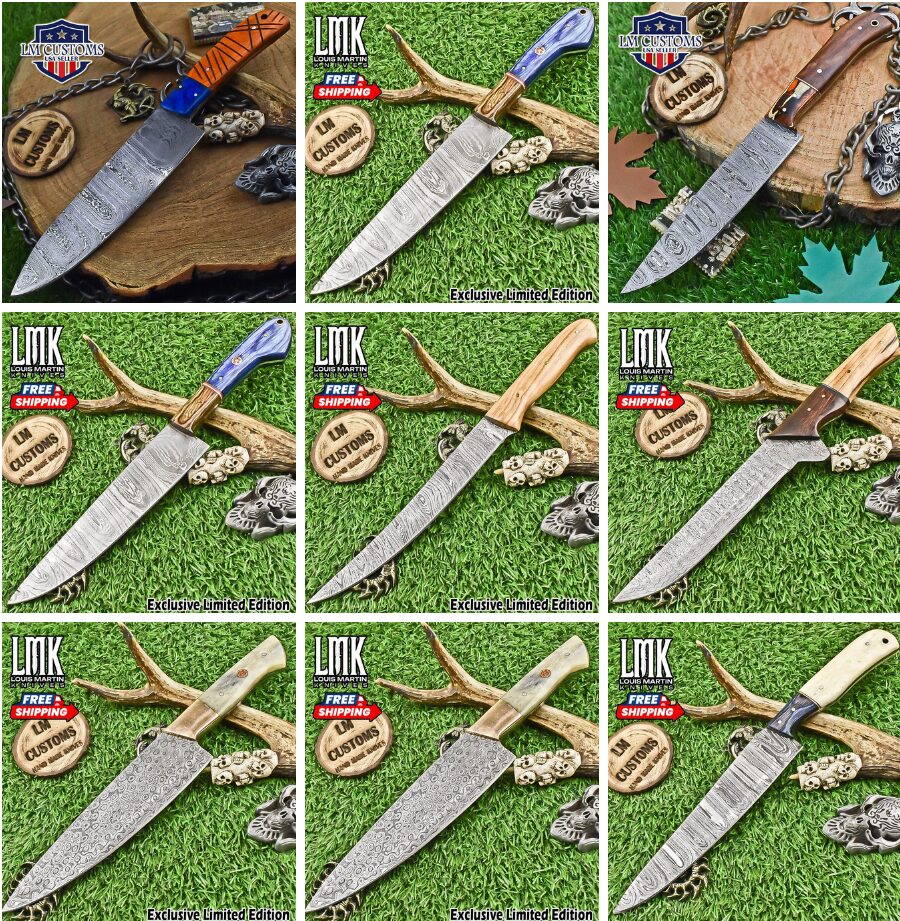
Forged knives are made by heating and hammering a piece of steel into shape. This process creates a stronger and more durable blade, although it is more costly.
Stamped knives are cut from a large sheet of steel and then honed to shape. They are generally lighter and more affordable but may offer a different level of durability than forged knives.
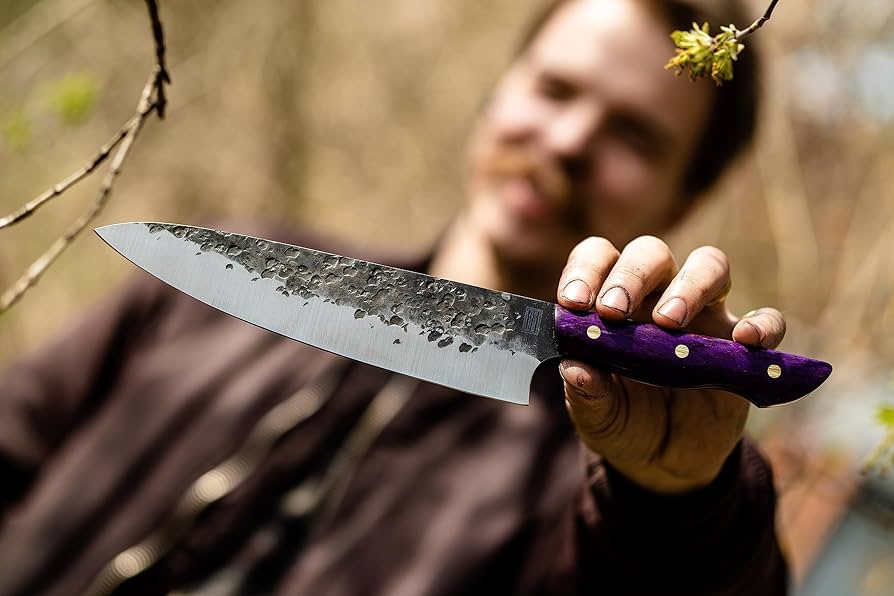
A chef knife set should be chosen with value and affordability in mind. Purchasing a higher-quality set can pay off in the long term, even if it may be tempting to go with the least expensive alternative. Better performance and longer knife retention periods mean fewer replacements are required for high-quality blades. When assessing cost, take performance and long-term advantages into account. A well-selected chef knife set is affordable and improves both your cooking efficiency and culinary skills.
The guarantee and reputation of the manufacturer are important considerations when purchasing professional chef knives. In the culinary industry, Louis Martin Custom Knives is a reputable brand that is renowned for its superb craftsmanship and premium materials. Selecting knives from a recognized brand guarantees dependability and exceptional functionality in your culinary space. Our all-inclusive warranty also provides peace of mind by safeguarding your investment and ensuring satisfaction. You can rely on Louis Martin Custom Knives to provide exceptional precision and durability for your professional chef knives, supported by a brand dedicated to quality and customer service.
Several important factors need to be carefully considered when choosing the best kitchen knife set. To guarantee performance and longevity, put your attention on premium components, including high-carbon stainless steel, flexible blade edges, and cozy handles. Reputable brands and strong warranties offer peace of mind, while balance and weight are essential for accuracy and usability. Purchasing a high-quality kitchen knife set will improve your cooking abilities and guarantee that you have sturdy equipment to handle the demands of your kitchen. Make thoughtful selections, and your knives will prove to be invaluable tools for your culinary adventure.

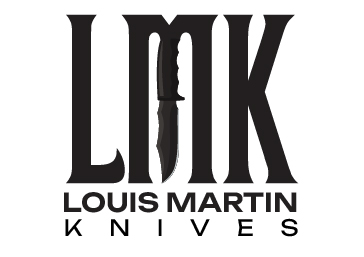
Justin
Typically replies within minutes
Feel Free to ask any question related to Wholesale query.
WhatsApp Us
🟢 Online
WhatsApp us